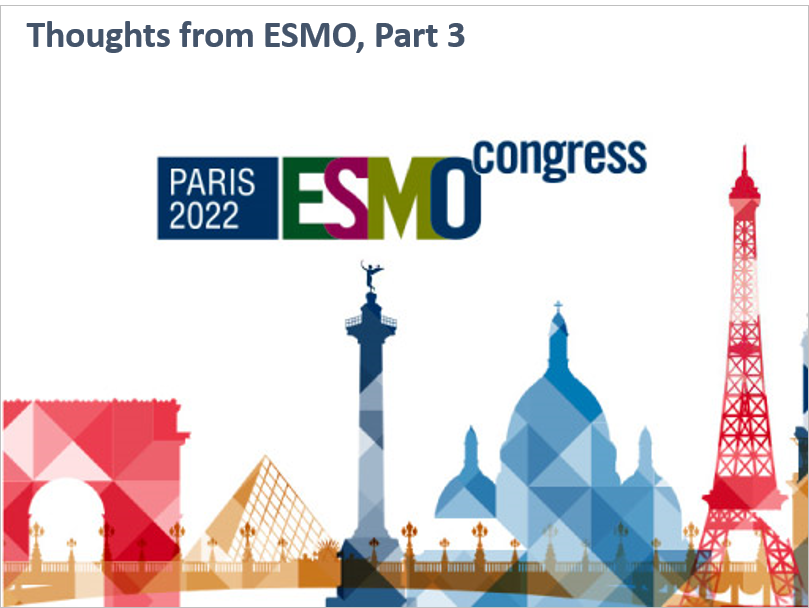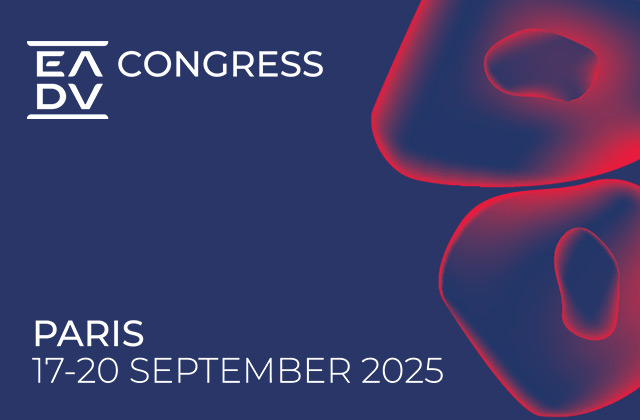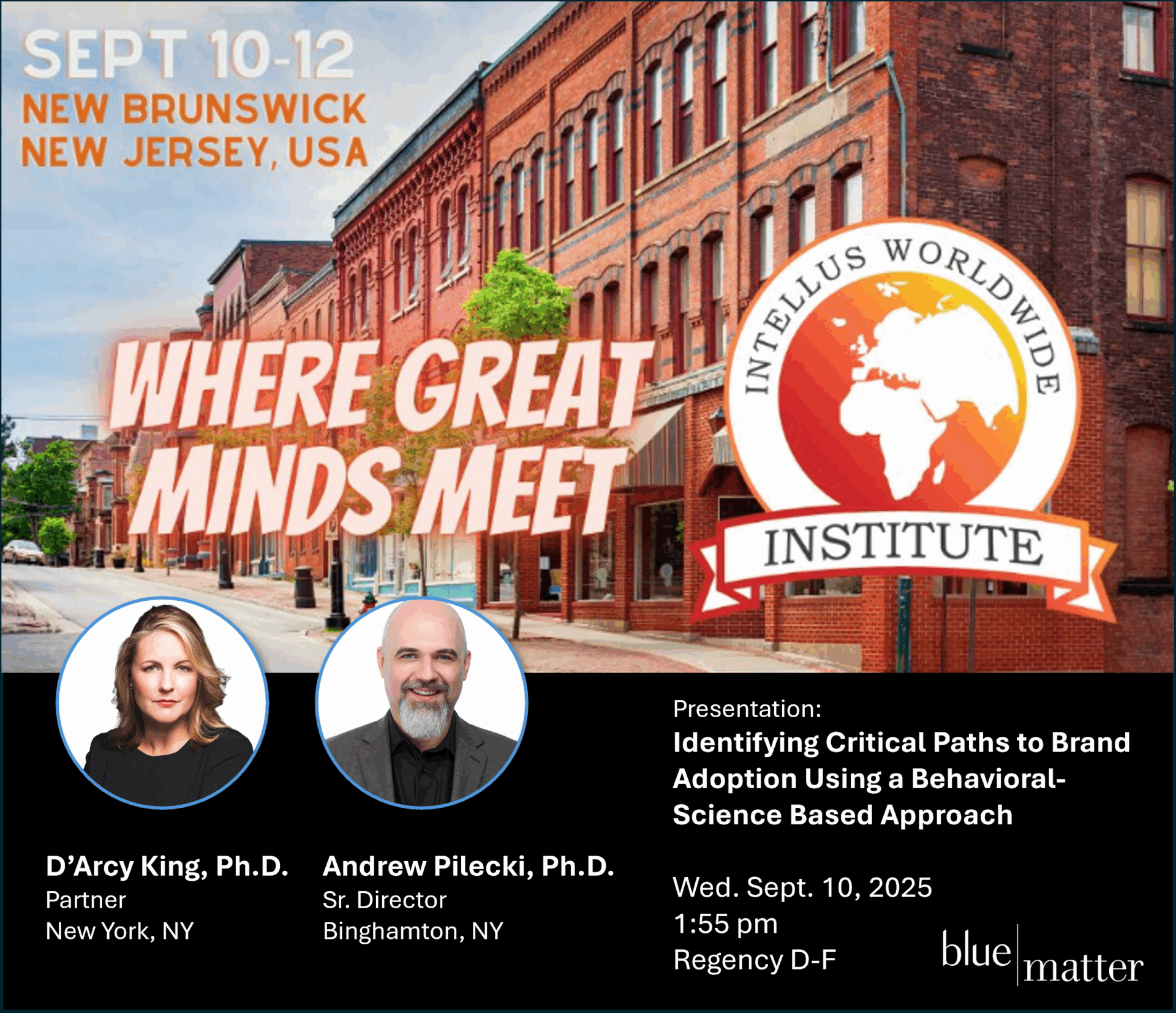
In our previous blog posts (here and here), we explored some of the regulatory and commercial questions surrounding TILs, including “in-house” cell therapy treatments being developed by academic centers in parallel with development by biotechs targeting commercialization. These questions were seeded in part by publications at ESMO from the Netherlands Cancer Institute (NKI) and Iovance highlighting positive data for tumor-infiltrating lymphocytes (TILs) as a therapeutic modality for solid tumors.[1]
TILs represent an attempt to capitalize on the body’s own anti-cancer mechanisms. Immune cells that are already infiltrating the tumor are isolated, amplified, and re-introduced, sometimes undergoing ex vivo enhancement intended to elevate their anti-tumor activity.
Earlier this year, clinical stage biotech Iovance also released positive clinical data for their tumor-infiltrating lymphocyte, lifileucel,[2] which is targeting FDA approval in early 2023.[3]
The demonstration of a progression-free survival (PFS) benefit with TILs in a randomized clinical trial vs. standard of care in melanoma is a promising step, given the lag to date in successful application of cell therapy to the solid tumor space. Despite approvals and improved outcomes for patients treated with CAR-T for hematologic malignancies, solid tumor success has remained elusive. Recent analyses of CAR-T in the solid tumor space have identified phase I/II trials in a range of solid tumors, primarily evaluating safety outcomes,[4] but trials to date have yet to establish consistent improvement in efficacy outcomes in phase II or higher trials.
Given the recent data for TILs in melanoma, we wanted to consider the potential for TILs to have similar positive outcomes across other solid tumor types, and in this blog post we consider the following questions:
- How do TILs “stack up” vs. challenges for other cell therapies in solid tumors?
- What evidence is there to date for broader TIL applicability to solid tumors?
- What are the TIL-specific barriers and remaining questions that may impact the success of TILs?
TIL vs. Challenges seen for other Cell Therapies in Solid Tumors
When considering some of the challenges for CAR-T in solid tumors, TILs appear to have an advantage:
Cell Therapy Challenge: Heterogeneity of tumor cells
High heterogeneity of cells within a solid tumor make it harder in many cases to identify an effective tumor-associated antigen (TAA) which will enable targeted cell therapies (i.e. CAR-T) to effectively attack the bulk of solid tumor cells. This issue may be exacerbated by evolution of the tumor as it progresses and/or metastasizes.
The endogenous TIL population taken from the patient’s tumor, and therefore the amplified TIL therapy, is itself heterogeneous and expected to represent immune cells that are targeting myriad tumor antigens – increasing the likelihood that some sub-population of the TIL therapy is able to attack each individual tumor cell regardless of compound mutations or differential surface antigen expression.
Of course, whether or not the TIL population is able to target and destroy every tumor cell variant is likely to be dependent on the individual tumor and patient. However, the heterogeneous therapy may well be more effective than CAR-Ts targeting a single or small number of tumor antigens.
Cell Therapy Challenge: On-tumor, off-target toxicity
Off-tumor toxicity remains a challenge for cell therapies that are targeted to a specific TAA (e.g. CAR-T), which may react to antigens that bear similarity to their intended target, or to lower levels of these same antigens in non-tumor tissues, especially in the absence of tumor antigen.
However, off-tumor toxicity is rarely reported for TIL therapies, with hypotheses suggesting that this is due to negative selection of self-reactive TCRs during the development of the immune response to the tumor.
Cell Therapy Challenge: Tumor Localization
Following infusion, adoptive cell therapies need to home in to the location of the solid tumor, and subsequently infiltrate the tumor while maintaining anti-tumor activity. This process is hampered by difficult tumor microenvironments which can harbor immunosuppressive regulatory cells or signals, as well as physical barriers to effector T cell activity (e.g. extracellular matrix).
The very nature of the TIL therapy means that it is developed from immune cells which have already homed to and infiltrated the tumor. A population of previously stimulated memory T cells remains within the TIL population and is believed to enhance homing to tumor tissues upon re-infusion.
However, similar to other adoptive cell therapies, immunosuppressive tumor microenvironments remain a barrier for TILs. The ability to evade this through e.g. TIL selection or engineering is being explored.
Evidence for TILs beyond melanoma
Clinical trials with various types of TIL therapy in solid tumors have been increasing steadily in the last 10 years. Trials in melanoma, such as those by NKI and Iovance, are by far the most prevalent, with around 30 distinct trials identified between 2011 and 2021.[5] These trials continue to build evidence for the efficacy of TILs for melanoma, which began with initial data more than 30 years ago.[6]
In parallel with their investigation as a potential therapy, many studies have investigated the prognostic value of TILs in various cancer types. The presence of TILs in solid tumors has been associated with improved prognosis for some tumor types (e.g. high-grade serous ovarian cancer, HER-2 positive breast cancer, colorectal cancer). The relevance of TILs for prognosis has been codified by an International TIL Working Group (ITWG), with the first recommendations being published in 2014,[7] although the link between high TIL infiltration and improved prognosis does appear to be influenced by the specific location of the TILs (i.e. stromal, intra-mural, intraepithelial). Perhaps unsurprisingly, initial trials for TILs in solid tumors map closely to indications where their presence has been shown to correlate with improved prognosis.
Iovance is also studying lifileucel in other solid tumors, including ovarian cancer, NSCLC and HNSCC.[8] Other companies with a TIL-based pipeline, such as Obsidian Tx and InstilBio, are also targeting overlapping indications, with InstilBio adding Renal Cell Carcinoma (RCC) for their 2nd generation genetically engineered TIL product.[9]
Beyond melanoma, early data for TIL efficacy in other solid tumor types has been positive to date, but remains preliminary:
- In NSCLC and cervical cancer, Iovance has made public preliminary data showing an overall response rate (ORR) of 21%,[10] with responses with durations of up to 29 months.
- In cervical cancer, a difficult-to-treat tumor with particularly high unmet need, TILs have shown the highest ORR of all the Adoptive Cell Therapies examined (41.4%)[11]
- Clinical trial abstracts from 2022 detail ongoing expansion of studies leveraging autologous TILs into new indications, including lung and breast cancer, alongside additional studies in the indications mentioned above.
Remaining Barriers and Questions for TILs
TIL-Specific Barrier: Recovery of viable TIL “starter”
Initial steps in generation of patient-specific therapeutic TILs typically involve tumor biopsy and processing to prepare a culture of TILs that can undergo rapid expansion. The specific location and cell of origin of the tumor can affect ease of production of TILs; biopsies from “surface” tumors such as melanoma are generally less invasive than other organs, and some tissue types are more prone to culture contamination with microbes or unwanted fibroblasts. These variations may well impact the feasibility of efficiently and consistently generating TILs from different tumor types.
TIL-Specific Barrier: Requirement for IL2 administration
TIL therapy is usually accompanied by a course of IL-2 which stimulates the activity of the lymphocytes. However, IL-2 therapy is associated with a well-documented risk of adverse events, including flu-like symptoms as well as nausea, vomiting, and diarrhea.
In addition to the TIL-specific barriers discussed above, TILs are also impacted by some of the challenges seen for other ACT, including a requirement for pre-treatment lymphodepletion, intensive manufacturing procedures, uncertain duration of effector cells post-infusion, and high cost.
Finally, we wanted to highlight a key open question: whether or not autologous TILs can be effectively genetically engineered (an approach that is the cornerstone of the CAR-T field). Although heterogeneity in the TIL population has been highlighted as a benefit above, it does create uncertainty regarding the ability to efficiently gene-edit patient-specific TILs while maintaining said beneficial variation. This could limit the ability to address TIL-associated challenges if it proves difficult to develop protocols that allow for consistent manipulation of gene expression across varied TIL populations.
Engineering of TILs to improve their tumor-targeting ability is being explored alongside the non-synthetic programs described above, with different groups targeting improved trafficking or homing to tumor location, boosting the TIL cytotoxicity, and improving longevity.[12] Development of engineered TILs carrying some or all of these modifications is fairly nascent, with InstilBio announcing their first patient dosed with a therapy from their engineered TIL platform in October 2022.[13] This came immediately after a similar announcement from Iovance marking the first patient dosed with their genetically modified PD-1 inactivated TIL.[14]
Outlook
Looking back across the questions and insights we have been highlighting for the TIL field in the wake of this year’s ESMO reveals, it is evident that there is a lot more to come from this cell therapy modality. Data better 1.) establishing consistent efficacy of a scalable TIL platform outside melanoma, and 2.) showing proof of concept for engineered options that overcome residual barriers will be key inflection points in the trajectory of the TIL field, and is expected from one or more of the TIL developers in the near future.
Sources:
[1] https://www.esmo.org/newsroom/press-releases/cell-therapy-improves-progression-free-survival-in-advanced-melanoma-first-phase-3-study-shows
[2] https://www.globenewswire.com/news-release/2022/05/26/2451584/0/en/Iovance-Biotherapeutics-Announces-Positive-Clinical-Data-for-Lifileucel-in-Advanced-Melanoma.html
[3] https://www.globenewswire.com/news-release/2022/08/25/2504495/0/en/Iovance-Biotherapeutics-Initiates-Biologics-License-Application-BLA-Submission-for-Lifileucel-in-Advanced-Melanoma.html
[4] Patel et al, eJHaem 2021 https://doi.org/10.1002/jha2.356
[5] Zhao et al. Cancers 2022. https://www.mdpi.com/2072-6694/14/17/4160
[6] Rosenberg et al 1988 NEJM https://www.nejm.org/doi/full/10.1056/NEJM198812223192527
[7] https://www.tilsinbreastcancer.org/
[8] Iovance Company Pipeline, accessed Oct 03 2022 https://www.iovance.com/clinical-pipeline/
[9] InstilBIO website: https://instilbio.com/pipeline/
[10] Iovance Corporate Presentation, August 2022 https://ir.iovance.com/static-files/819a66e9-aa58-40d3-9d6d-35dc4e55e98c
[11] Son et al, Gynecologic Oncology, 2022 https://www.gynecologiconcology-online.net/article/S0090-8258(22)00195-0/fulltext
[12] https://www.frontiersin.org/articles/10.3389/fonc.2020.593848/full
[13] https://www.biospace.com/article/releases/instil-bio-announces-first-patient-dosed-with-itil-306-our-first-engineered-til-therapy-using-the-costar-platform-targeting-folate-receptor-alpha-fr%CE%B1-in-non-small-cell-lung-cancer/
[14] https://ir.iovance.com/news-releases/news-release-details/iovance-biotherapeutics-announces-first-patient-dosed-pd-1








